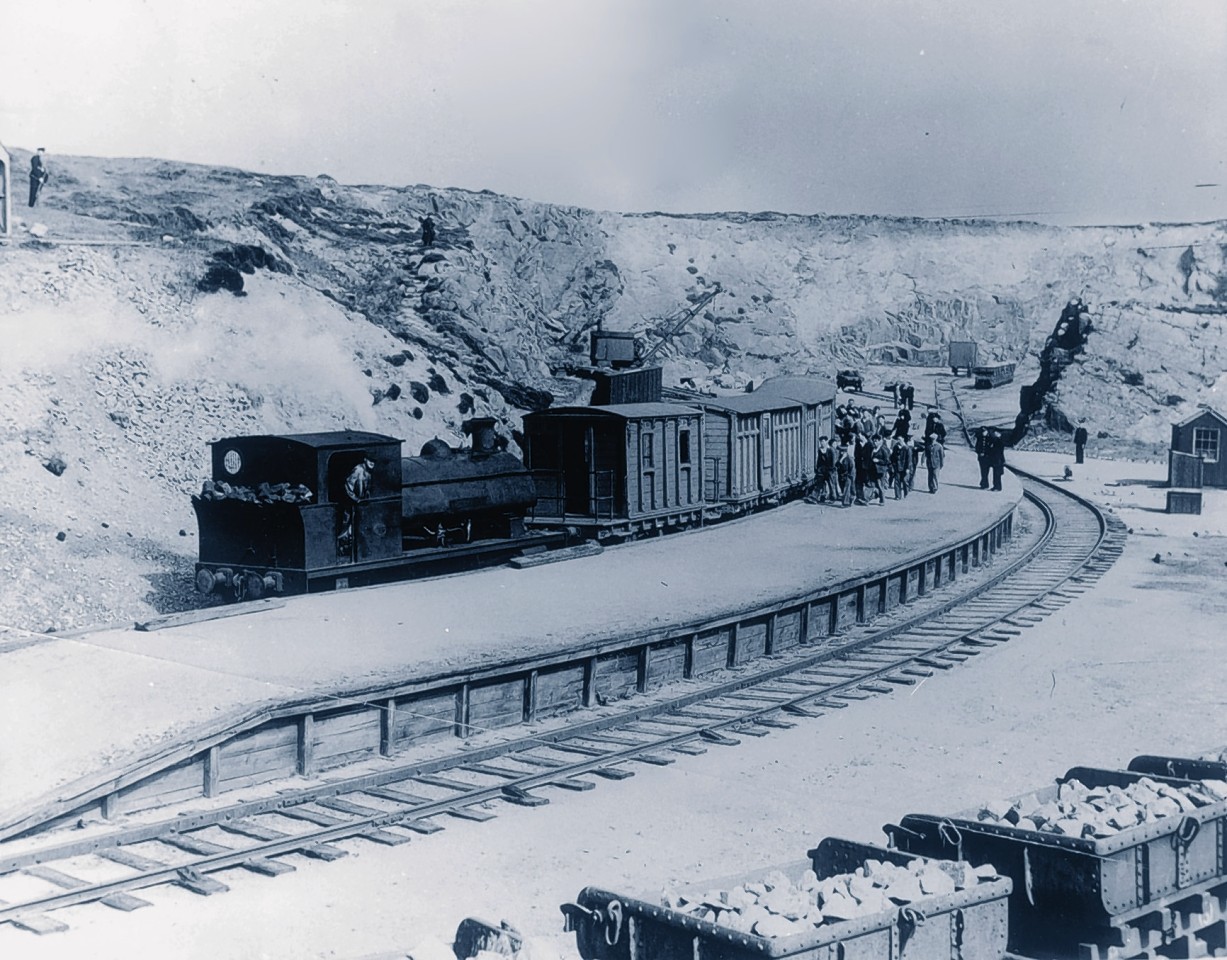A museum which celebrates Buchan’s bygone railway days is awaiting the arrival of its latest exhibit – part of a century-old prison train.
The historic carriage was used to transport inmates around the north-east corner during the construction of Peterhead harbour.
It will soon be the centrepiece of an ambitious local history project to commemorate the role of prisoners in the building of the Buchan port’s breakwater.
Yesterday, a series of 30ft long train tracks were delivered to the volunteer-run Maud Railway Museum, which is based at the old village station.
The rails will be installed in the coming days, while the 1915 carriage – one of four surviving hand-built cars – is restored elsewhere.
Nigel Sawford, who chairs the Friends of Maud Station Museum group, said the planned expansion would be a boost for locals and tourists.
The museum was recently awarded £54,000 from the Heritage Lottery Fund to help steam ahead with its ambitious Rocks, Rogues, Rails and Refuge project.
As well as the old carriage, the exhibition will feature interactive displays, models and educational packs, telling the story of the prison’s early days.
The Victorian-era jail, which closed for good just before Christmas, was originally built to provide labour for construction of the granite seawall, which transformed the port into a safe refuge for shipping.
Prisoners were loaded on to the train which carried them between the quarry, the jail and the harbour.
The breakwater was scheduled to take 25 years to build, but construction was delayed by two world wars and ended up lasting for more than six decades. The final block was laid in September, 1956.
